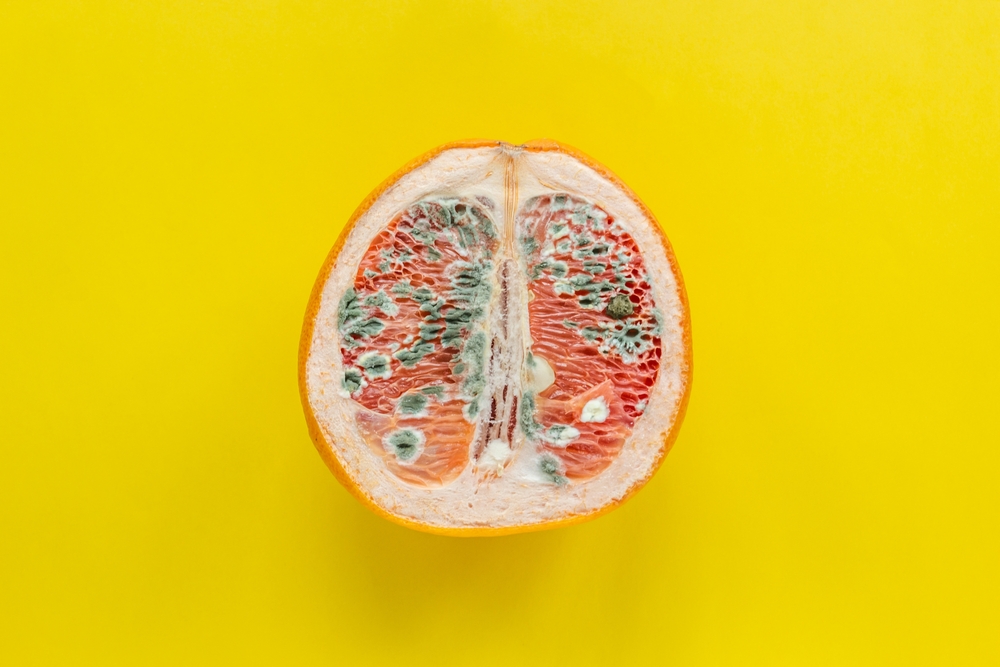Overview
Vagina Candidiasis is an infection characterised by discharge and intense itchiness of the vagina and the vulva.
Candida is a particular type of yeast, and yeast is a type of fungus. There are no issues when this yeast is balanced with your body’s ecosystem. But once the balance is broken, candida begins to multiply rapidly, causing yeast infection.
Vaginal Candidiasis affects up to 75% of women. Several women experience at least two episodes in their lifetime.
Key facts
- Vaginal Candidiasis is quite common. 3 out of 4 women will become infected at some point.
- Symptoms may include redness and swelling of the vulva, vaginal pain and irritation, and a burning sensation during sex or urination.
- Pelvic examination and testing vagina secretions are methods of diagnosing Vaginal Candidiasis.
- Vaginal Candidiasis is caused mainly by the fungus Candida albicans.
- Prevention measures include wearing cotton underwear that is not tight and douching and scalding baths.
Symptoms
Vagina Candidiasis’s symptoms can range from mild to severe. They include;
- Intense itching and irritation in the vulva and vagina (outer part of the female genital)
- Thick, white, odour-free vaginal discharge similar to cottage cheese
- A burning sensation during urination
- Pain or burning sensation during sexual intercourse
- Redness, swelling, or soreness in the vulva
- Vaginal rash
- Watery vaginal discharge
If the infection is complicated, you might have severe symptoms, including extensive redness, swelling, and itching. They may lead to tears, cracks, or sores brought on by pregnancy, uncontrolled sugar levels, pregnancy, or a weak immune system.
Diagnosis
To properly diagnose Vaginal Candidiasis, your doctor might conduct a medical examination that typically begins with questions about your medical history.
Your healthcare provider may also need to take a sample of discharge from your vagina to confirm the infection.
A combination of an examination of the sample of your discharge and your symptoms will help your healthcare provider ascertain the kind of yeast infection you have and prescribe the best course of treatment.
Causes
A fungus called Candida albicans is primarily the cause of most vaginal yeast infections. Several factors can cause it to begin to multiply rapidly to cause vagina yeast infection.
- Hormonal changes: Changes in your hormone brought on by pregnancy, breastfeeding, or menopause can upset the balance in your vagina.
- Antibiotics: Antibiotics can crush the good bacteria in your vagina, leading to a yeast infection.
- Diabetes: If you have diabetes and it is uncontrolled, the excess sugar in the mucus membranes or moist linings of the vagina can make it a breeding ground for yeast to grow.
- Douches and vaginal sprays: Using the products can disrupt the balance in your vagina.
- A weakened immune system: A weakened immune system caused by HIV/AIDS or other immune problems can cause yeast infection.
- Contraceptives: Taking oral contraceptives or hormone therapy that increases oestrogen levels can cause vagina candidiasis.
- Sex: While it is not an STD, people can pass yeast infection through sex.
Prevention
To prevent or reduce your risk of vaginal Candidiasis, wear underwear with a cotton crotch that isn’t too tight-fitting.
You might also want to stop;
- Douching or using vaginal sprays/ scents as they remove the healthy bacteria in your vagina.
- Sitting in wet clothes for too long, like swimsuits and damp gym wear.
- Scented feminine products, including scented tampons and bubble baths as they, upset the flora in the vagina.
- Hot tubs and scalding baths
- Incessant antibiotic use, such as for colds or other viral infections
Treatment
Before beginning treatment for Vagina Candidiasis or yeast infection, it is essential to know different yeast types. Your doctor will take a sample of your discharge to determine the variant of yeast.
Your doctor will typically prescribe an anti-fungal medication to eliminate the yeast infection and its symptoms.
Treatment usually takes two forms; Oral and topical:
Oral treatment is taken by mouth as prescribed, while topical treatment is applied to affected areas, such as the vulva, vagina, and the outer regions of the female genitalia.
Topical medications may include nystatin, boric acid, miconazole, or clotrimazole. Your healthcare provider will share information on each form of medicine and directions on properly using each. It is advisable to use any form of medication as prescribed, and essential to complete them to ensure that the infection is fully resolved and doesn’t return.
Conclusion
The fungus candida causes Vaginal Candidiasis. This condition can cause inflammation, intense itchiness, and a thick, white discharge from the vagina.
A single dose of an oral antifungal drug or application of antifungal cream for one to three days cures mild infections. Complicated infections require longer-term treatment.
MOST COMMON

